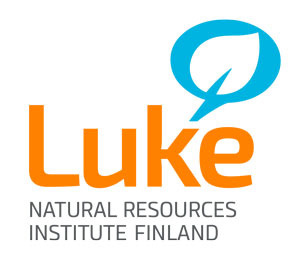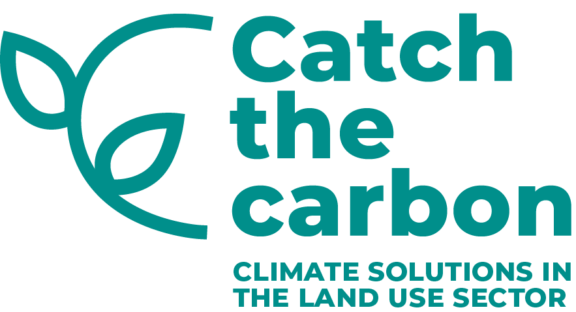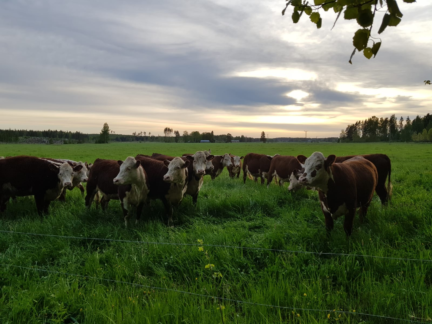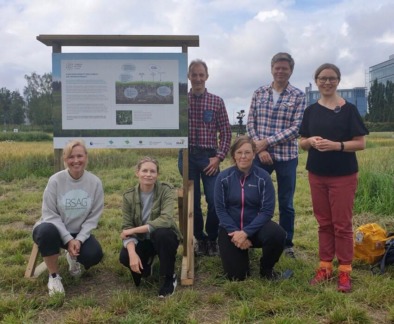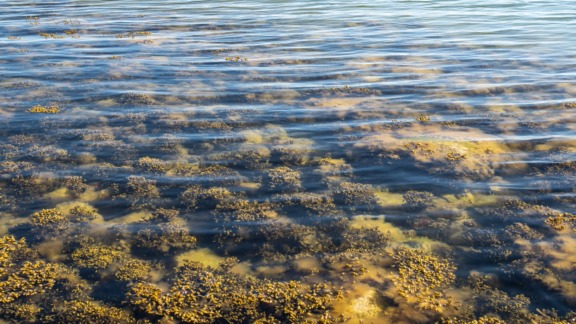LOHKO-KHK project
Regenerative Agriculture, Carbon Action
A new system for Finnish field-specific greenhouse gas calculation
The project promotes the transition towards climate-sustainable agriculture, forestry and other land use, because the methods being developed can help to evaluate the sequestration and emissions of greenhouse gases field-specifically, and take into account the effect of farming methods in this calculation.
Official name
Towards parcel-specific greenhouse gas calculation: new emission factors and model solutions and updatable system
Duration
2022–2024
Persons in charge
Jari Liski (jari.liski@fmi.fi) and Maarit Liimatainen (maarit.liimatainen@luke.fi)
Consortium
Finnish Meteorological Institute (FMI) and Natural Resources Institute Finland (Luke)
Funder
The Ministry of Agriculture and Forestry as part of the ’Catch the carbon’ -programme
The project progresses in five overlapping work phases
The current Finnish greenhouse gas inventory calculates plant residues entering the soil and the soil emissions roughly using a south-north distribution based on crop yield statistics and livestock numbers. It does not consider the impact of cultivation operations in detail. Life cycle analyses do not currently have well-established practices for estimating soil emissions from the manufacture of products. In most cases, soil emissions and removals have not been taken into account at all. The calculation of climate impacts related to the carbon market emphasizes the need for field-specific information.
The main goal of the project is to develop a system for Finnish field-specific greenhouse gas accounting.
The work is divided into five closely connected and partially iterative phases:
1. compile measurement data and form an overall picture of the impact of different soil types and cultivation practices on the greenhouse gas balances of field plots and the quality and coverage of data through data analysis;
2. the development of statistical and simulation models for the carbon sequestration and greenhouse gas emissions of farming systems through measurements;
3. integrate measurement data, improved models, and model inputs into the information and calculation system and calculate field-specific greenhouse gas data with this system;
4. developing methods for integrating improved greenhouse gas data into practical accounting systems; and
5. develop a policy to update the greenhouse gas calculation of fields in the future as new information accumulates.
The project promotes the “transition to climate-resilient agriculture, forestry and other land use” (LULUCF), as the methods developed in the project can estimate greenhouse gas sequestration and emissions per plot and take into account the impact of farming activities in this calculation. Such a calculation will make it possible to plan agricultural climate measures in more detail, monitor the effects, and develop control measures.
Contact
Jari Liski, Ilmatieteen laitos, jari.liski@fmi.fi
Maarit Liimatainen, Luonnonvarakeskus, maarit.liimatainen@luke.fi
PROJECT PARTNERS
